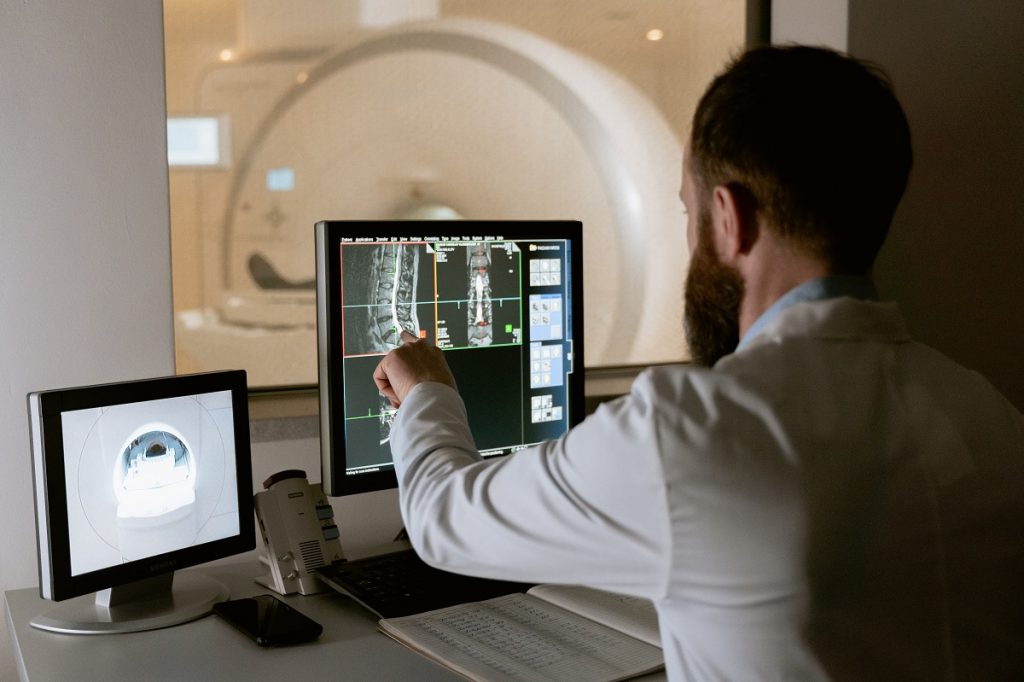NHSX guidelines offer clarity and framework for digital transformation
The NHS, Europe’s largest employer and the world’s 5th largest, is working its way through the aftermath of Covid, the biggest health challenge in its history.
While the pandemic has reinforced some of the best features of the organisation, it has also highlighted areas where further work is urgently required. For decades, technology has played a key role across the NHS but the path towards digital transformation has been challenging. The recent move by NHSX to publish new digital guidelines to “support local NHS leaders and organisations to transform services for patients” is therefore, welcome.
The reality and perceptions of healthcare has changed and digital enablement is the route to a better patient experience and outcomes. Across NHS England, legacy systems and proprietary solutions continue to hamper progress. While initiatives, such as the Global Digital Exemplars and Digital Aspirants programmes continue to shape trusts’ digital journeys, existing barriers to rapid adoption and implementation of digital solutions must be removed.
Critical patient data is still not native
Healthcare systems are complex entities of structured and unstructured data, with estimates by Frost & Sullivan suggesting more than 75% of patient data is unstructured, while growing by more than 50% annually. It concludes that “healthcare organisations need better ways to unlock that value and maximize its potential”.
The storage and utilisation of unstructured data affects key day-to-day tasks, including the tracking and assessment of patient progress, or even scheduling appointments, leading to inefficiencies in the system. This cascades into burgeoning costs and decreasing patient satisfaction and outcomes.
Progress is being made but a new challenge is emerging with the growing use of mobile devices. According to a survey by HIMSS, nearly one fifth of imaging was found to have been captured offline, via smartphones, portable ultrasound machines and other devices, which are not integrated with core clinical systems.
The challenge is this: hundreds of applications managing petabytes of data, leads to IT sprawl and a tangled web of technology infrastructure. The lack of a centralised repository that connects all disparate systems and presents a cohesive view, affects the delivery and patient care outcomes.
Interoperability for a frictionless system
NHSX’s What Good Looks Like sets out a clear framework for the adoption of technologies that help drive digital transformation across NHS, based on seven measures of success: leadership of the digital transformation programme; ensures smart foundations; safe practice; supports people; empowers citizens; improves care; and healthy populations.
For all of this to come together, interoperability is the key. Colleen Sirhal, Hyland’s chief clinical officer, has described interoperability as a ‘people issue’ that will require the involvement of a much broader range of stakeholders, to reach a consensus on what is the right data and how to get it to the right people, at the right time.
The fact is, that technology-enabled care will deliver safer, more efficient and cost-effective healthcare. But if patients and healthcare providers are to enjoy the benefits, the strategy must facilitate the seamless and efficient access to information in real-time, which requires an integrated and truly connected system that brings content services and enterprise imaging together.
Integrated content services are the future
A Forrester report commissioned by Hyland, which surveyed organisations across a wide range of industry sectors, found that “those who embrace integrated content services are better positioned to realise digital, customer experience, and employee experience goals”. In fact, according to the same report, efforts to digitise content management services have accelerated in the past year (Figure below).
According to findings, over 50% of respondents said that content services allowed employees to more easily use content as a source of data for insight, and processes for creating, securing, storing, or disposing of content. From a healthcare perspective, integrated and unified content services accelerate registration of patients, while improving visibility and understanding a patient’s medical history and journey.
Access to unstructured data, whether handwritten registration forms, faxed or scanned documents, alongside DICOM or non-DICOM images, can help support the transformation of a healthcare organisation, leading to improved delivery and successful patient outcomes.
The integration of Hyland’s OnBase content services platform with Epic electronic medical record at Great Ormond Street Hospital (GOSH), has brought unstructured data into a single, complete, patient-centric record and significantly reduced time-consuming processes, such as signing of multiple consent forms. It also gives GOSH the flexibility to add specialised applications for example to human resources, accounts payable or enterprise resource planning and incorporate existing integrations bringing in a significant savings in time, cost and effort, besides improving practitioner and staff efficiency.
To meet NHSX’s plans to “digitise, connect and transform”, the wider digital transformation lessons must be shared throughout the NHS. Importantly, the digital transformation objectives will only succeed where not just the standards and formats for data exchange are addressed but also the wider policies and procedures.
Article by Peter Corscadden, Install Base Manager EMEA at Hyland. www.hyland.com

